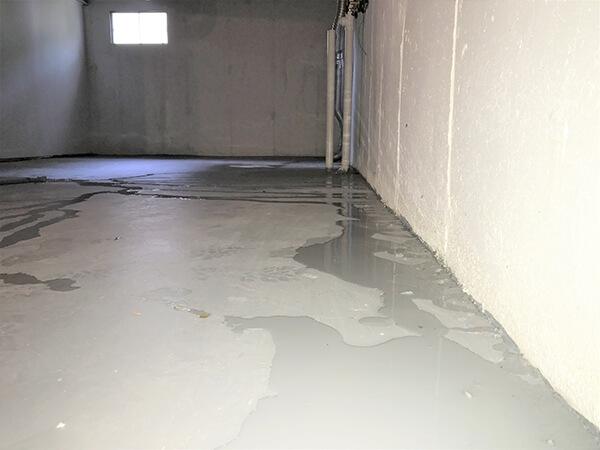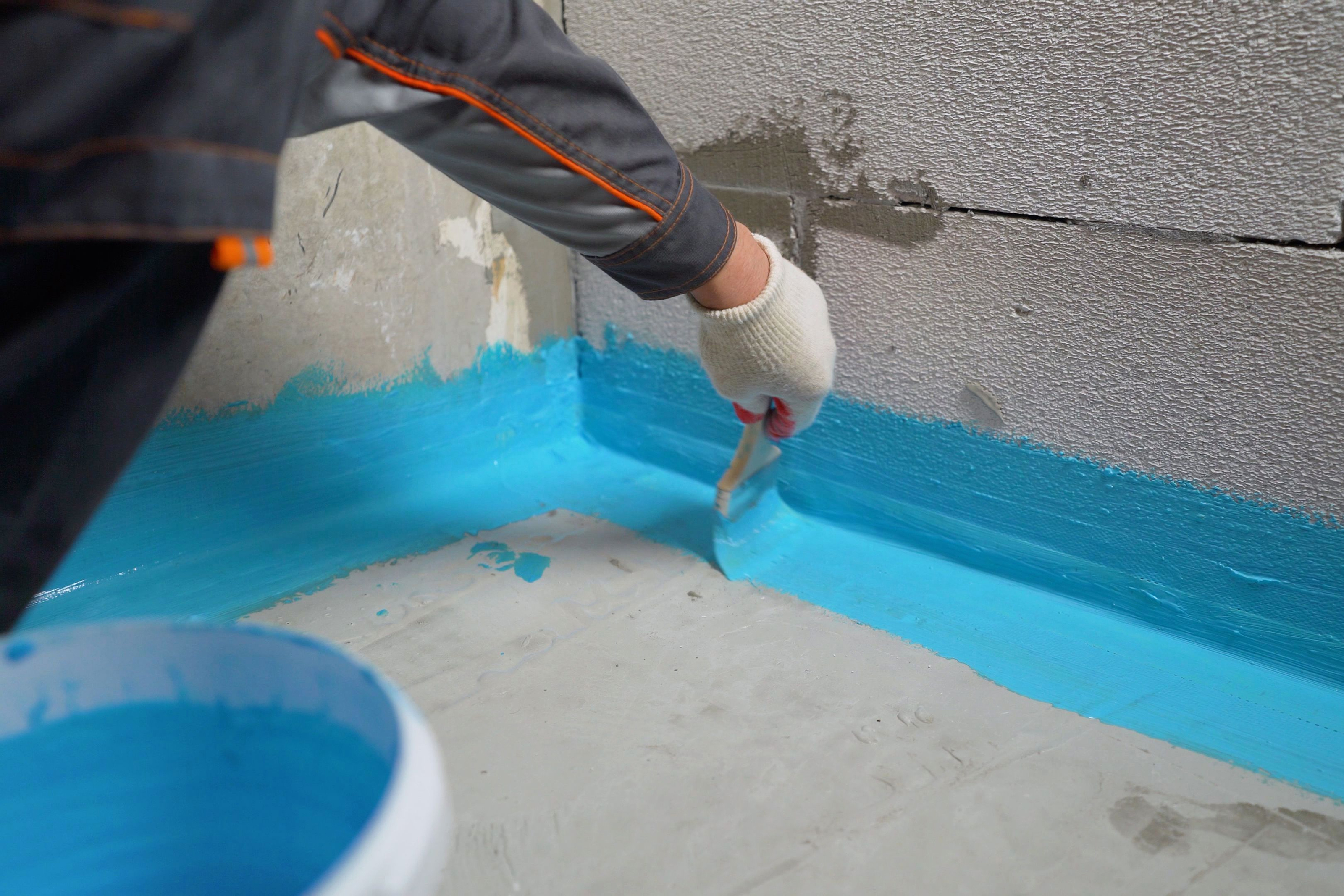The Connection Between Sump Pump Installation And Replacement and Crawl Space Protection
Discovering the Different Techniques of Basement Waterproofing and Their Benefits
Cellar waterproofing is essential for keeping a completely dry and steady environment. Various techniques exist, each with unique advantages. Inside sealers shield against moisture invasion, while exterior systems address drain issues. Sump pumps and French drains pipes handle water effectively, and dehumidifiers regulate humidity levels. Understanding these alternatives can assist property owners make informed choices. Yet, the best solution usually depends on particular circumstances and needs. What factors should one consider when choosing the most effective technique?
Inside Sealants: An Efficient Obstacle Against Moisture
Interior sealers function as an important line of defense against moisture breach in cellars. These items are created to produce a water resistant obstacle on wall surfaces and floorings, effectively avoiding water from leaking in. Offered in various kinds, consisting of sealers, finishes, and paints, they can fill cracks and pores in concrete, making certain a much more protected environment.The application procedure normally includes cleansing the surface areas to remove dust and debris, adhered to by the cautious application of the sealant. As soon as cured, these items improve the sturdiness of the basement while minimizing humidity degrees, which can result in mold and mildew development and structural damage.Moreover, interior sealers are commonly easy to use and can be a cost-efficient option for homeowners looking to mitigate dampness issues. By giving a trustworthy layer of defense, they play a crucial role in safeguarding the basement room, preserving both its honesty and use.
Exterior Waterproofing Equipments: Securing Your Structure
When house owners look for to shield their structures from water damages, exterior waterproofing systems provide a durable solution. These systems commonly entail applying waterproof membranes and drain systems to the exterior wall surfaces of a basement. By developing an obstacle versus groundwater, they effectively prevent moisture from passing through the foundation (Basement Waterproofing).One noteworthy advantage of outside waterproofing is its capability to deal with the source of water intrusion before it reaches the inside. This positive approach not only safeguards structural honesty but also boosts the durability of the home.Moreover, exterior systems can enhance the overall water drainage around the foundation, reducing hydrostatic stress. This lessens the possibility of cracks and heaving that can arise from water buildup. Consequently, property owners can enjoy a completely dry, steady cellar atmosphere, substantially improving home value and convenience. Ultimately, outside waterproofing systems are a vital financial investment in preserving a healthy home structure
Sump Pumps: Taking Care Of Water Build-up Successfully
Sump pumps play a necessary role in taking care of water accumulation in cellars, providing an efficient service for homes vulnerable to flooding or excess dampness. These gadgets are installed in sump pits, typically located at the lowest factor of a basement, where they accumulate water that leaks in from the bordering dirt. When the water degree climbs, the sump pump triggers, effectively draining the excess water to a marked drain location, consequently stopping possible damage to the foundation and interior spaces.There are two main kinds of sump pumps: submersible and stand. Completely submersible pumps are mounted undersea, making them much less visible and frequently quieter, while pedestal pumps are located over the sump pit and are easier to maintain. By effectively managing water accumulation, sump pumps not just protect against structural damage yet additionally add to a healthier living setting by minimizing moisture degrees and protecting against mold and mildew growth.
French Drains: Redirecting Water Far From Your Home

Dehumidifiers: Decreasing Moisture Levels for a Drier Atmosphere
Cellar waterproofing includes numerous methods, and dehumidifiers play a significant role in keeping a dry environment. By properly minimizing moisture levels, dehumidifiers aid avoid wetness buildup, which can result in mold and mildew development, structural damages, and undesirable odors. These gadgets function by extracting excess wetness from the air, developing a healthier and a lot more comfy space.In addition to enhancing air top quality, dehumidifiers can enhance the efficiency of various other waterproofing methods, such as securing and water drainage systems. They aid maintain optimal moisture levels, normally in between 30% and 50%, which is vital for protecting against condensation on walls and floors.Moreover, contemporary dehumidifiers are energy-efficient and included attributes like programmable setups and automated shut-off, making them user-friendly. In general, incorporating a dehumidifier right into basement waterproofing intends offers a vital layer of security versus moisture-related concerns, therefore safeguarding the home's integrity.
Frequently Asked Inquiries

How Much Time Do Waterproofing Solutions Typically Last?
Waterproofing services normally last in between 5 to 20 years, depending upon the technique made use of, top quality of materials, and environmental conditions. Routine upkeep and inspections can help prolong their performance and total life expectancy.
Can I Water-proof My Cellar Myself?
The private taken into consideration whether see this website to waterproof the basement independently. They found that while do it yourself alternatives exist, expertise of methods and products is vital to assure performance, and specialist assistance might offer better lasting results.
What Are the Indicators of Basement Dampness Issues?
Indications of cellar moisture problems consist of visible water discolorations on walls, moldy odors, peeling paint, mold growth, and dampness on floorings. High moisture degrees might additionally show underlying dampness issues calling for focus to stop more damage.
Just How Much Does Cellar Waterproofing Price?
The expense of basement waterproofing varies commonly, generally ranging from $1,500 to $5,000. Aspects influencing expenses include the intensity of dampness concerns, the picked technique, and the geographical area of the building.
Will Waterproofing Boost My Home's Value?
The concern of whether waterproofing boosts a home's worth usually emerges among homeowners. Generally, reliable waterproofing can boost building allure, minimize damage risks, and possibly cause higher resale prices, depending upon the regional realty market. By producing an obstacle against this link groundwater, they effectively stop dampness from penetrating the foundation.One significant benefit of exterior waterproofing is its capability to resolve the source of water invasion prior to it reaches the interior. Sump pumps play an essential function in taking care of water accumulation in basements, giving an effective remedy for homes prone to flooding or excess wetness. When the water degree increases, the sump pump turns on, effectively pumping out the excess water to a designated drain area, therefore stopping potential damage to the structure and interior spaces.There are two major types of sump pumps: completely submersible and stand. Water Solutions. By guiding groundwater and surface area water away from the foundation, French drains pipes aid stop water build-up in cellars and crawl areas, reducing the risk of architectural damage and mold and mildew growth.Installation typically takes place around the boundary of the home, ensuring that water is successfully drawn away. Signs of basement moisture concerns consist of noticeable water spots on walls, musty smells, peeling off paint, mold and mildew growth, and dampness important site on floors